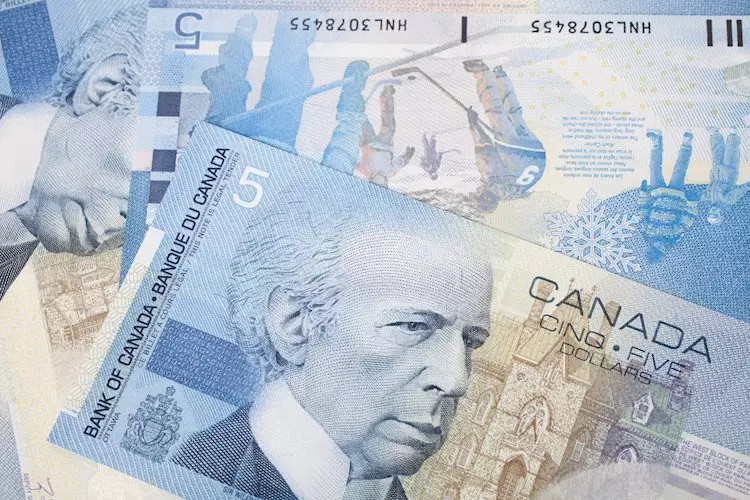As of November 21, economic uncertainties and fluctuating market sentiments continue to shape the trajectory of the US Dollar (USD) Index. The index currently hovers around 106.50, reflecting a consolidation phase following a relatively positive closure on the preceding Wednesday. A keen eye on upcoming economic indicators, including Initial Jobless Claims and Existing Home Sales for October, could offer substantial insights into the current economic climate and the potential direction of the dollar.
The economic landscape looks formidable this week with vital data on the horizon. The release of Initial Jobless Claims is particularly notable as it provides insight into labor market dynamics. A spike in claims could signal potential economic distress, affecting the USD’s strength negatively. Concurrently, Existing Home Sales figures will be revealing as they reflect consumer confidence and economic health. Generally, a stronger real estate market stimulates broader economic growth, lending additional strength to the currency.
In addition to these indicators, regional manufacturing surveys from the Federal Reserve Banks of Philadelphia and Kansas City are expected to provide critical insights regarding economic output and industrial health. Observers will eagerly analyze any emerging trends that could foretell future shifts in Fed policy, further impacting currency dynamics.
Recent market trends have demonstrated the US Dollar’s resilience against key global currencies, including the Japanese Yen. Emerging from a modest uptick linked to a careful market attitude and stable US Treasury bond yields, the dollar has retained robust strength despite external economic pressures. With the ten-year US Treasury note yield holding around 4.4%, market expectations about interest rate stability persist.
Additionally, reports indicate that the USD/JPY pairing has been wrestling with bearish undertones, trading below 155.00. This volatility underlines the ongoing complexities within forex markets, where external monetary policies and economic conditions interplay.
The remark by Bank of Japan Governor Kazuo Ueda regarding a flexible approach to monetary policy underscores the ongoing need for adaptive economic strategies, especially as exchange rate fluctuations can have profound implications for domestic inflation and economic stability. As Japan maintains its stance for a cautious and situation-responsive monetary policy, the fallout of these decisions reverberates through the global markets, directly impacting USD valuations.
In parallel, the European Commission’s Consumer Confidence data is anticipated to shed light on economic sentiment within the Eurozone. Stakeholders will closely watch this data amid expectations of a weaker euro, which is likely to keep the dollar competitive against its European counterpart.
Monetary Policy Interventions and Their Impact
The Federal Reserve’s monetary policy framework is crucial to understanding the dynamics at play. With a dual mandate addressing both price stability and full employment, Fed interventions can catalyze significant shifts in the dollar’s positioning. The institution primarily uses interest rate adjustments to mitigate inflationary pressures or stimulate economic activity, and such decisions are closely monitored by market participants.
In instances of heightened inflation (exceeding the Fed’s 2% target), it typically opts to raise interest rates—resulting in a stronger dollar as loan costs rise and foreign investment becomes more enticing. Conversely, a dip in inflation or an uptick in unemployment may prompt rate cuts, lending downward pressure on the dollar’s value.
Moreover, the Federal Open Market Committee (FOMC) plays a pivotal role in these decisions. The diverse representation of the committee, which includes board governors and regional Fed presidents, facilitates a comprehensive examination of various economic factors during each of their eight annual policy meetings.
In extreme economic situations, the Fed may resort to non-standard monetary policy measures, such as Quantitative Easing (QE). During low inflation or economic crises, QE allows the Fed to increase credit availability by purchasing assets, fundamentally altering the financial landscape. While this approach aims to stimulate economic activity, it also dilutes the dollar’s value through increased supply.
Conversely, when the Fed embarks on Quantitative Tightening (QT), by halting asset purchases and letting bonds mature without reinvestment, the dollar typically strengthens due to a retraction in liquidity.
The interplay of economic indicators, monetary policies, and global influences will be pivotal for the US dollar’s trajectory in the coming weeks. As the market continues to respond to these variables, traders and economists alike will remain vigilant to gauge the broader implications of these economic dynamics.

